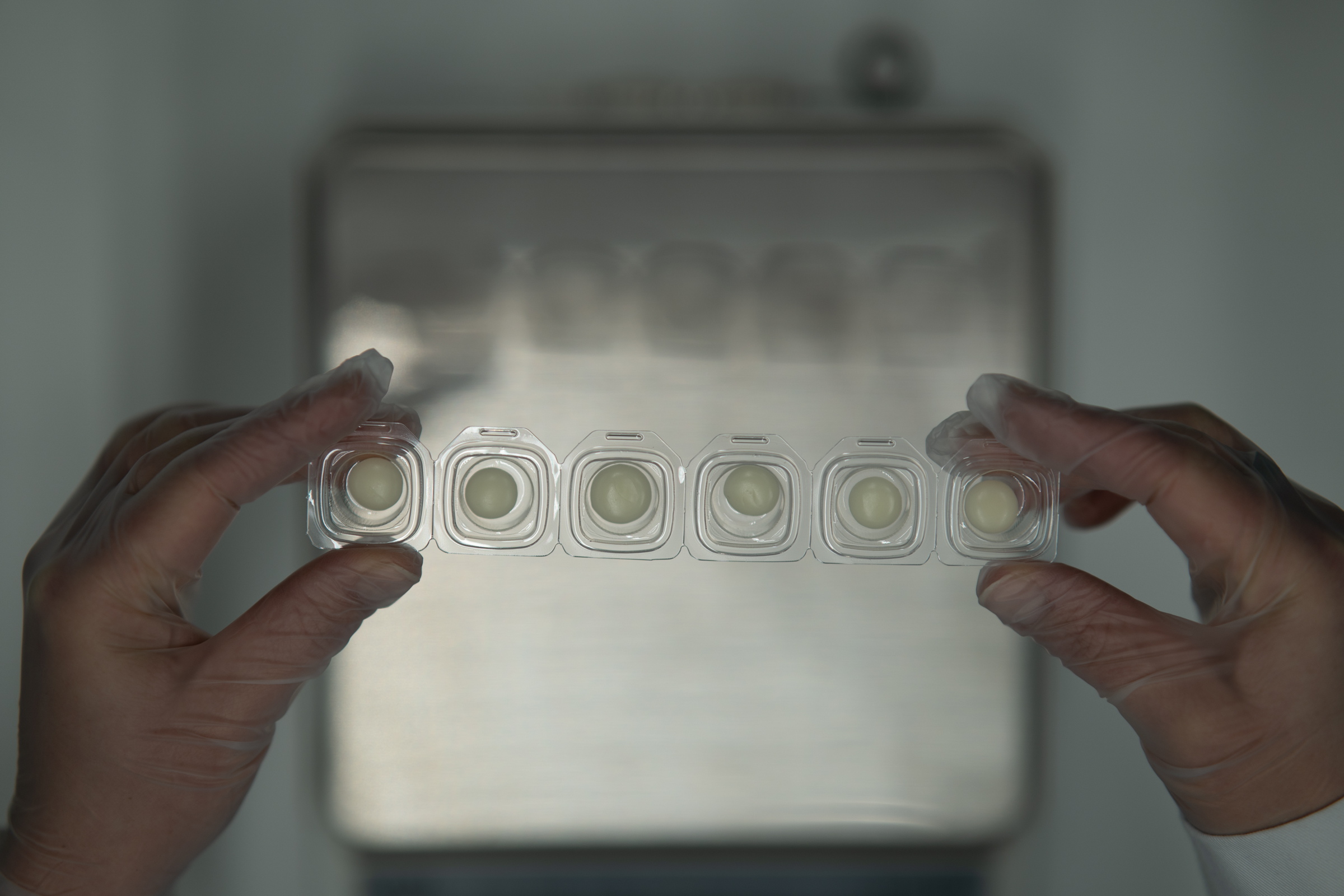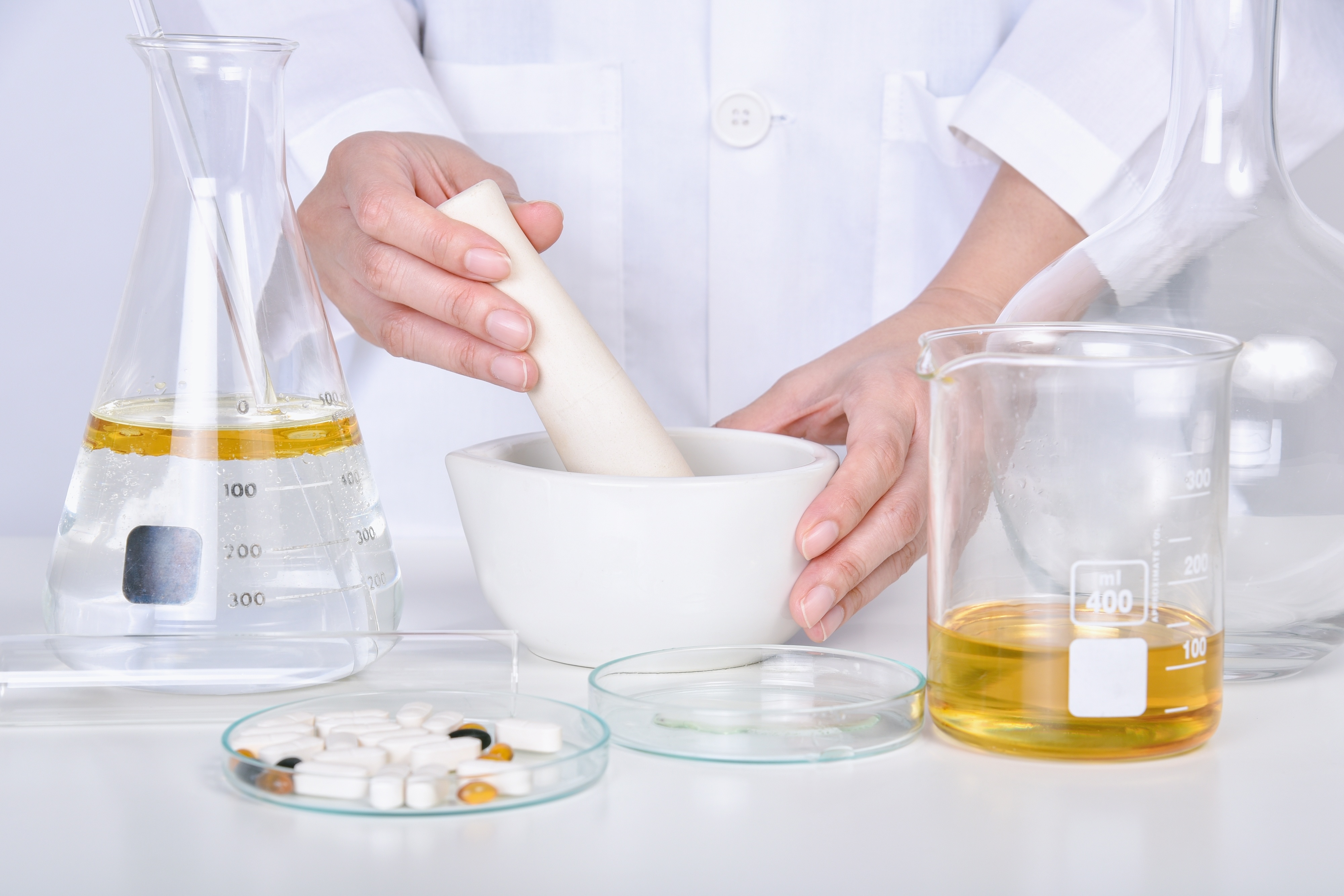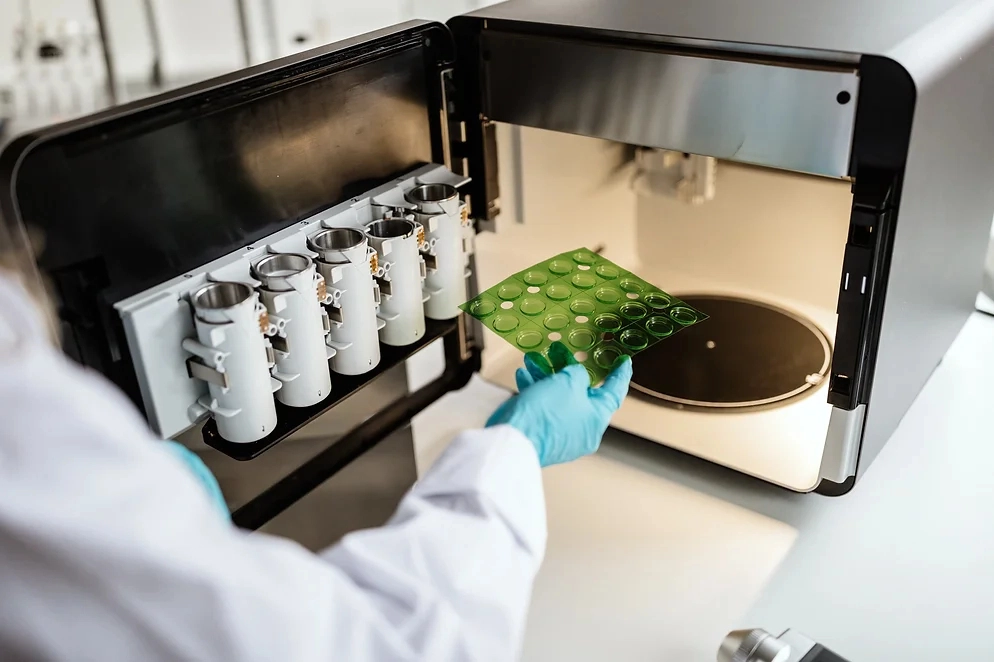In this recent article, the future of 3D printed medicine in personalization of treatments is discussed. Here are some snap shots from the article:
"3D printing is one of the most revolutionary technologies of contemporary life. It’s reducing manufacturing costs, personalising industries, and saving lives one innovation at a time. Computer-aided design files can be customised in a snip, so multifunctional drug delivery systems are finally possible. They can be processed so rapidly that even street corner pharmacists can handle them. Personalised medications are just on the horizon. The technology also tackles one of medicine’s most prominent issues: targeted therapies. In fabricating novel dosage forms on a massive scale, it’s making conventional drug delivery systems a thing of the past. Demand for patient-centric drug product development has been growing rapidly since 2015 when the first 3D printed pill was FDA-approved."



.png)




.png)